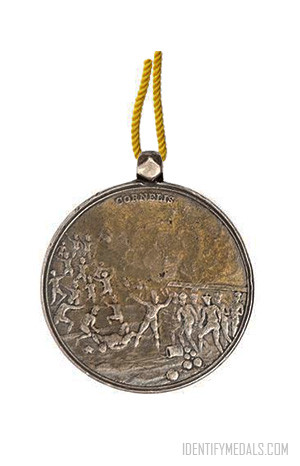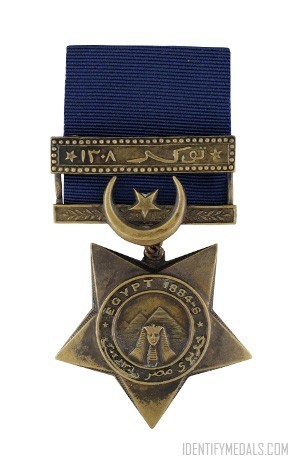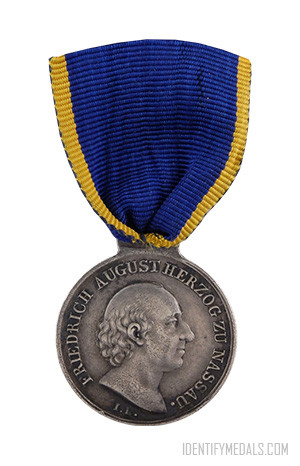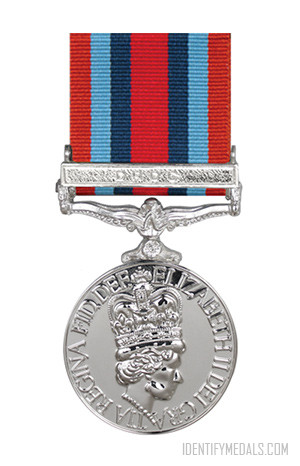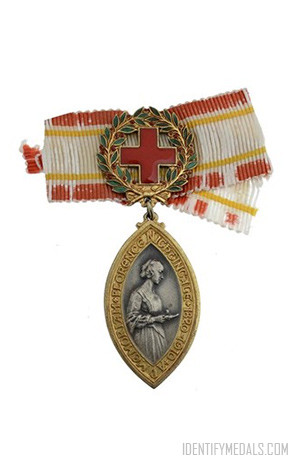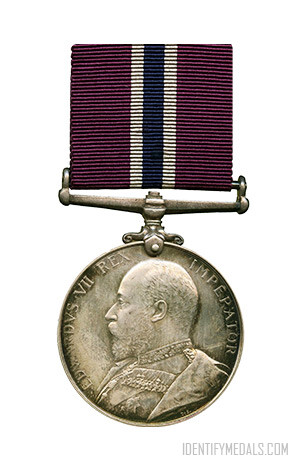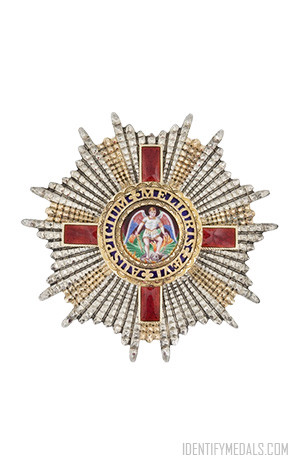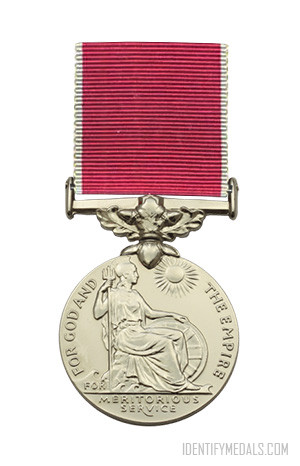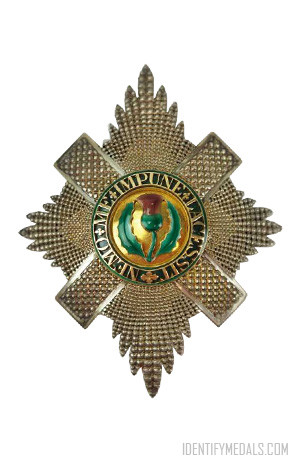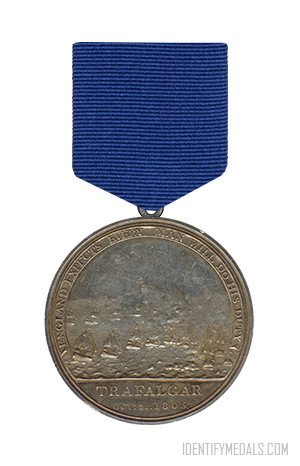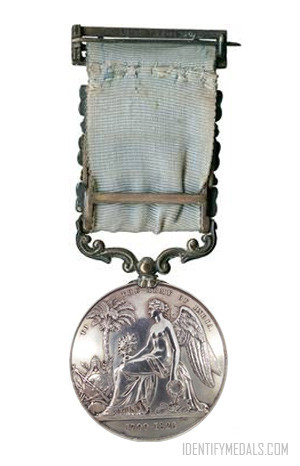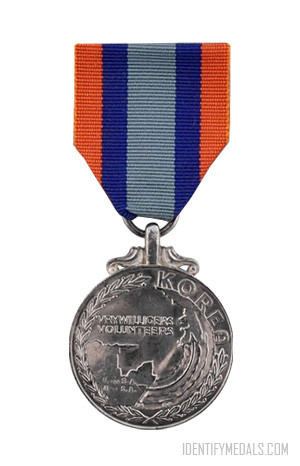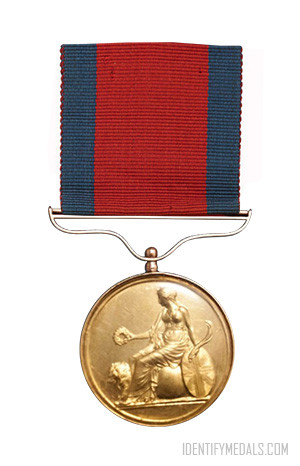- Time Period: Pre-WW1
- Year of Institution: 1811
- Country: Great Britain
The Java Medal is a campaign medal authorized in February 1812 and awarded by the Governor-General of India to soldiers of the armies of the Honourable East India Company (HEIC) who participated in the Invasion of Java in August and September 1811, during the Napoleonic Wars.
The medal was awarded to more senior officers in gold (133 awarded) and other ranks in silver (6,519 awarded). Recipients of the silver medal included both native Indian (5,761 recipients) and European (about 750 recipients) soldiers in HEIC service.
Members of the British Army and Royal Navy present did not receive the medal, but were instead eligible for the Military General Service Medal with Java Clasp.
The Java Medal Design
The medal was struck at the Calcutta Mint in gold or silver and measured 49 mm in diameter.
The obverse shows the storming of Fort Cornelis, which British and HEIC troops captured on 26 August 1811, with the word CORNELIS above.
The reverse bears the Persian inscription “This medal was conferred in commemoration of the bravery and courage exhibited by the Sepoys of the English Company in the capture of the Kingdom of Java, in the Hijri year 1228″ with the inscription around the edge reading “JAVA CONQUERED XXVI AUGUST MDCCCXI”.
The medal was awarded without a ribbon, but with a yellow cord.

